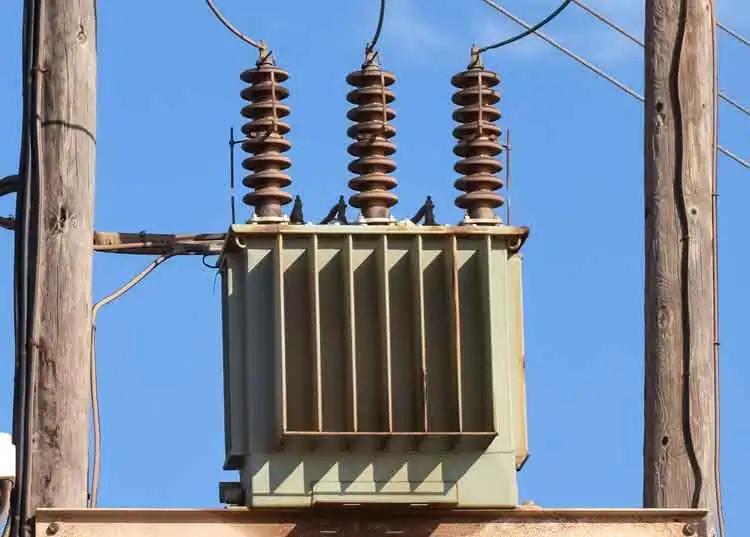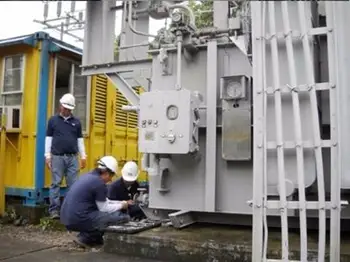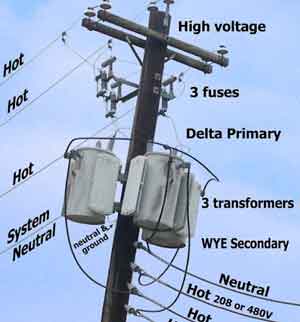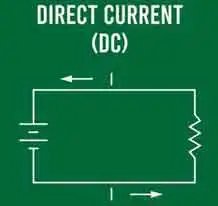Wiring a Transformer Explained
By R.W. Hurst, Editor

Power Transformer Maintenance Training
Our customized live online or in‑person group training can be delivered to your staff at your location.

- Live Online
- 12 hours Instructor-led
- Group Training Available
Download Our NFPA 70E Fact Sheet – 2024 Electrical Safety Edition

- Understand how NFPA 70E works with NEC and NFPA 70B standards
- Clarify the shared responsibility between employers and employees
- Learn how NFPA 70E supports OSHA compliance
Wiring a transformer involves connecting primary and secondary windings to supply voltage and deliver safe electrical output. Proper installation ensures efficiency, supports power distribution, and protects electrical systems from overloads or hazards.
What does wiring a transformer involve?
Wiring a transformer involves connecting its input (primary) and output (secondary) circuits to transfer electrical energy safely and efficiently.
✅ Ensures correct voltage step-up or step-down operation
✅ Protects equipment and electrical circuits from overloads
✅ Supports safe power distribution in residential and industrial systems
The primary side connects to the power source, receiving the input voltage, while the secondary side connects to the load, delivering the transformed voltage. Proper wiring ensures that the unit operates efficiently, providing the correct voltage and maintaining electrical safety.
Electrical Transformer Maintenance Training
Substation Maintenance Training
Request a Free Training Quotation
Three Wires and Their Significance
Most transformers have three wires: two for the primary winding (H1 and H2) and one for the secondary winding (X1 or X2). In single-phase devices, the secondary side may have two wires to provide both 120V and 240V outputs. The common wire (usually white or neutral) is connected to the center tap of the secondary winding, while the hot wires (usually black or red) are connected to the two ends of the winding.
-
Center Tap: Many devices feature a center-tapped secondary winding, which splits the winding into two equal halves. This provides two equal voltages relative to a common point (the center tap), allowing for different voltage outputs.
-
Versatility: The three-wire configuration allows for various connection options, such as series or parallel, to achieve different voltage levels and current capacities.
-
Safety: The center tap often serves as a grounded neutral, enhancing safety by providing a reference point for the voltage levels.

Sign Up for Electricity Forum’s Utility Transformers Newsletter
Stay informed with our FREE Utility Transformers Newsletter — get the latest news, breakthrough technologies, and expert insights, delivered straight to your inbox.
Wiring a Transformer: Step-by-Step
The wiring process involves several steps:
-
Identify the Windings: Determine the primary and secondary windings based on their voltage ratings and wire gauges. The primary winding typically has thicker wires and higher voltage ratings.
-
Connect the Primary Winding: Connect the primary winding wires (H1 and H2) to the appropriate terminals of the power source, ensuring correct polarity.
-
Connect the Secondary Winding: Connect the secondary winding wire (X1 or X2) to the load. If there are two wires on the secondary side, connect the common wire (neutral) to the center tap and the hot wires to the respective load terminals.
-
Grounding: Ensure proper grounding of the device according to local electrical codes to prevent electrical shock hazards.
Safety Precautions
Safety is paramount when working with electrical equipment. Always follow these precautions:
-
De-energize: Disconnect the power source before starting any wiring work.
-
Lockout/Tagout: Use lockout/tagout procedures to prevent accidental re-energization.
-
Grounding: Ensure proper grounding to protect against electrical shocks.
-
Overcurrent Protection: Install appropriate fuses or circuit breakers to protect the device and connected circuits from overloads.
-
Qualified Personnel: Only qualified electricians should perform wiring.
Frequently Asked Questions
Which Wire is Common on a Transformer?
The common wire is typically the center tap on the secondary side. This wire serves as a neutral point, providing a reference for the voltage levels on either side of the tap. It is crucial for creating a balanced voltage output and is often grounded to enhance safety.
How Do I Wire a Transformer with Multiple Taps for Different Voltage Outputs?
To wire a transformer with multiple taps, follow these steps:
- Identify Tap Connections: Determine the various tap points on the secondary winding. Each tap corresponds to a different voltage output.
- Select Desired Output: Choose the tap that provides the required output voltage for your application.
- Connect Load to Tap: Wire the load to the chosen tap and the common wire, ensuring a secure and correct connection.
- Label Connections: Clearly label the tap connections to avoid confusion and ensure proper future connections.
Can I Wire Multiple Transformers Together to Increase Power Capacity?
Yes, you can wire multiple transformers together to increase power capacity, but it requires careful consideration:
-
Parallel Connection: To increase capacity, connect the primary windings of the devices in parallel and the secondary windings in parallel. This configuration combines their capacities while maintaining the same voltage levels.
-
Phase Matching: Ensure the devices are phase-matched to prevent issues caused by phase differences, which can lead to electrical faults.
-
Equal Ratings: Use tdevices with equal voltage ratings and power capacities to ensure balanced load sharing and prevent overloading one transformer.
Wiring a transformer is a critical task that requires careful attention to detail and adherence to safety protocols. By understanding the different components, wiring configurations, and safety precautions involved, you can ensure a safe and efficient electrical installation. Remember, if you are unsure about any aspect of transformer wiring, it is always best to consult a qualified electrician to avoid potential hazards and ensure proper operation.
Related Articles








